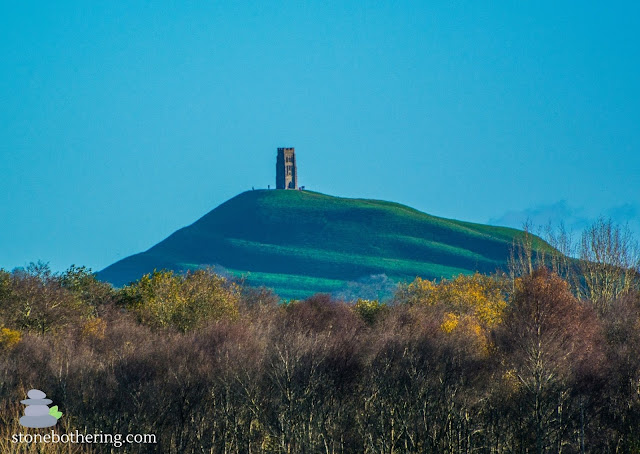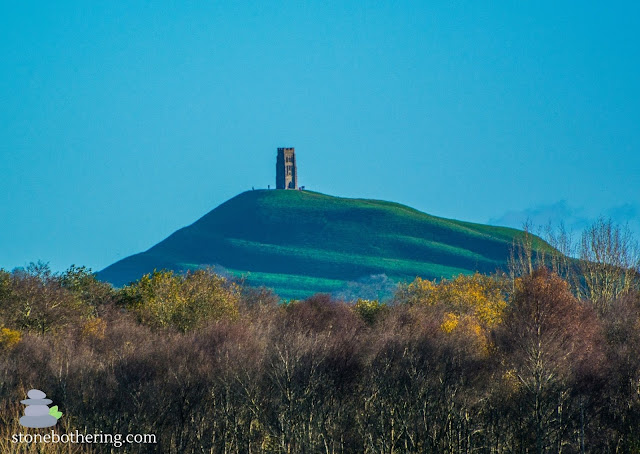The Inca Ruins of Ollantaytambo: A Must-Visit in the Sacred Valley
.jpg)
The Inca Ruins of Ollantaytambo, located in the Sacred Valley of Peru, are one of the most impressive and well-preserved Inca sites in the country. The ruins are a testament to the ingenuity and engineering skills of the Incas, and offer visitors a glimpse into their culture and way of life. Ollantaytambo was an important religious, administrative, and agricultural center for the Incas. The ruins include a series of temples, palaces, and terraces, as well as a sophisticated irrigation system. The most impressive structure at Ollantaytambo is the Temple of the Sun, a massive unfinished temple complex that is thought to have been dedicated to the Inca sun god, Inti. Another highlight of the Ollantaytambo ruins is the Intihuatana stone, a sacred stone that was used by the Incas for astronomical observations. The Intihuatana stone is located on a hilltop overlooking the ruins, and offers stunning views of the surrounding valley. In addition to the ruins themselves, the town of Ollantaytamb...

.jpg)
.jpg)
.jpg)
.jpg)

.jpg)


.jpg)


